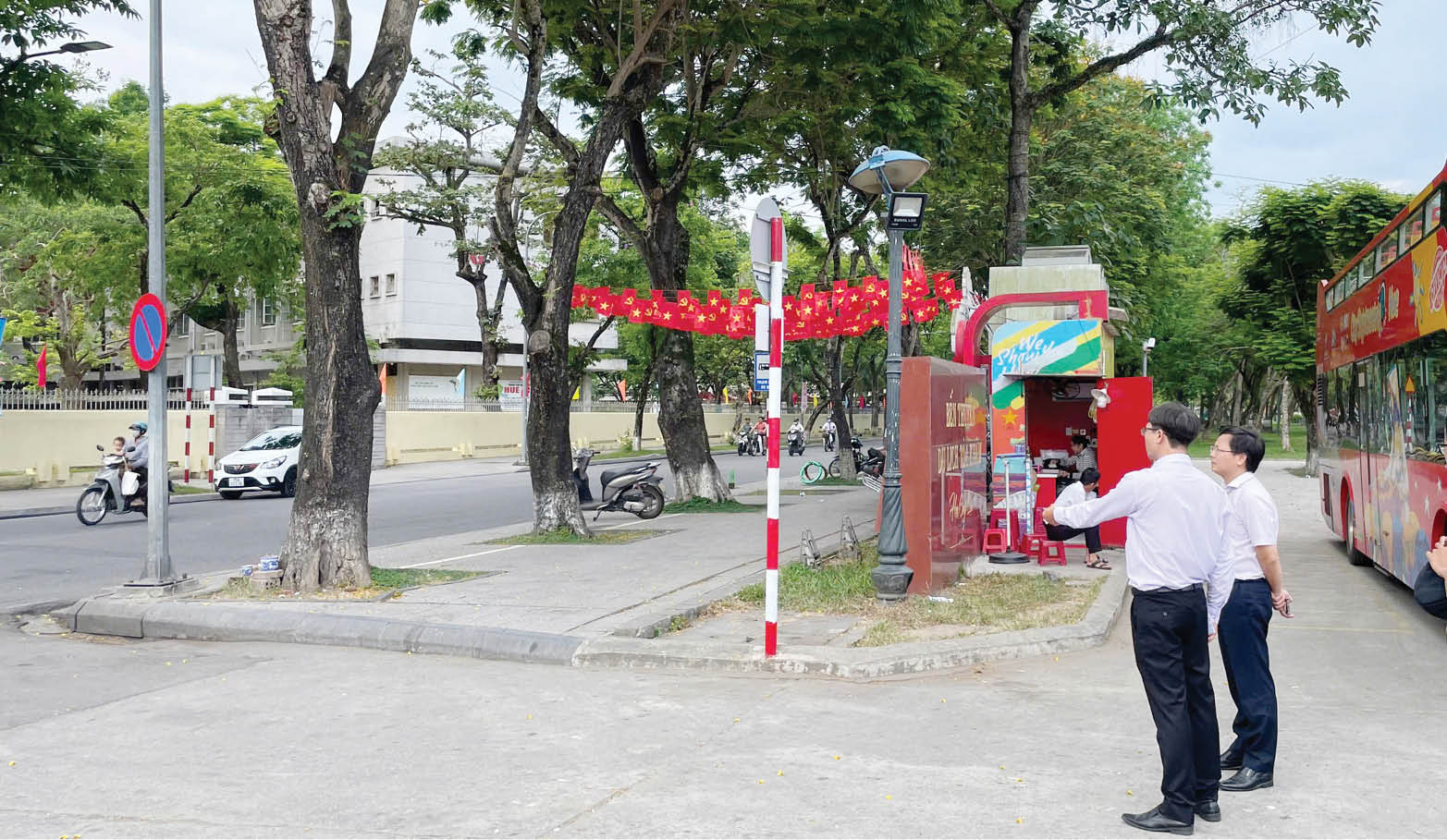 |
| Check the status of completed underground routes |
Ensuring urban aesthetics
In recent times, Hue city has been “working hard and determinedly” with the goal of eliminating “heavenly garbage”. Many streets such as Hanoi , Huynh Thuc Khang, Tran Hung Dao or Tran Phu – once “famous” for their tangled spider web-like cable systems – are now clear and tidy. The streets are brighter, electric poles are no longer burdened with wires, and pedestrians no longer have to worry about “overhanging wires” hanging over their heads.
“The sidewalks are paved with new stones, trees are replaced synchronously, and especially the electric wires and telecommunication cables are all buried underground. Every time I pass Hai Ba Trung Street, I see the city is more modern and neat,” said Ms. Nguyen Thu Thuy, a resident of Vinh Ninh Ward.
According to Mr. Nguyen Huy Quang, Director of Viettel Hue, this is the result of synchronous participation, with the spirit of working with the city to preserve the landscape, building a civilized and safe Hue. However, the implementation process also encountered many difficulties. There are routes that have been constructed smoothly, but many routes are a "tricky problem" for businesses.
From 2020 to present, 89 routes and areas have been undergrounded; 261 routes have been renovated and renovated (most of which were carried out by Hue Electricity). Specifically, 44 routes have been completely undergrounded, 17 routes have completed the construction of waiting culverts and tanks, and 7 routes are in the undergrounding stage in 2025. The rate of completed underground routes is nearly 50%, while the rate of completed culverts and tanks is over 68%.
Expectations for a breakthrough phase
Frankly speaking, the progress of undergrounding cables in the 2020-2024 period has not kept up with people's expectations and urban development requirements. According to the Department of Science and Technology (KH&CN), the reason is that socialized capital is still limited. Most underground projects are funded by enterprises, but there is no close coordination between electricity and telecommunications units. The consequence is that many roads have been dug up and re-dug, causing waste and frustration among the people. In addition, the situation of "everyone doing their own thing" has occurred in some places, causing uneven investment efficiency.
Mr. Vo Van Khoi, Deputy Head of the Digital Transformation Department (Department of Science and Technology), said: “In some routes, although there are waiting sewers, telecommunications enterprises have not implemented them synchronously, and the progress is still slow. Some sections have been renovated and refurbished, but the old subscriber lines are still hanging, causing an unsightly appearance.” To overcome this, the Department of Science and Technology has developed a clear coordination process, from registration, progress monitoring to updating digital infrastructure data. In the near future, enterprises must attach identification tags to each cable bundle and subscriber line, and at the same time update digital data into the Department’s system for easy monitoring, avoiding “ownerless” wires, unused wires that are still hanging in the air.
According to the 2025 plan, Hue City will continue to underground 5 routes, renovate 7 routes, and coordinate synchronous renovations on 51 other routes, in which Hue Electricity Company plays the leading role. This is a stepping stone to prepare for the acceleration phase from 2026. In addition, the Plan for renovating, renovating and undergrounding telecommunication cables and subscriber lines in the period of 2026 - 2030 has just been issued by the City People's Committee.
The biggest goal is to ensure traffic safety, improve urban aesthetics and synchronize underground technical infrastructure. Accordingly, 100% of telecommunication cables and subscriber lines will be buried underground on central routes, routes that have been renovated or upgraded and expanded. Along with that, the city will also invest in a shared underground sewer system, avoiding the situation where each unit has its own style and each route has its own "rule".
It is expected that in the period of 2026 - 2030, 49 routes will be completely underground, 39 routes will be renovated according to new standards (models such as Tran Phu Street) and 132 routes throughout the city will be renovated by combining reinforced wires and installing suspension shackles that meet technical standards.
Newly installed cables must be neatly constructed, integrated with the existing system, and have identification tags identifying the owner. Unused cables will be completely removed, including those that have been “draped over trees, hung from street lights, or crossed roads or rivers.”
Sharing about this long-term plan, Mr. Nguyen Xuan Son, Director of the Department of Science and Technology, said that burying cables is not only a technical problem, but also a manifestation of a civilized and modern city. Burying cables is to return clean and bright sky to the city.
Source: https://huengaynay.vn/chinh-tri-xa-hoi/theo-dong-thoi-su/ngam-hoa-xoa-rac-troi-153887.html





![[Photo] Top players gather at the 2025 Nhan Dan Newspaper National Table Tennis Championship](https://vphoto.vietnam.vn/thumb/1200x675/vietnam/resource/IMAGE/2025/5/23/9ad5f6f4faf146b08335e5c446edb107)


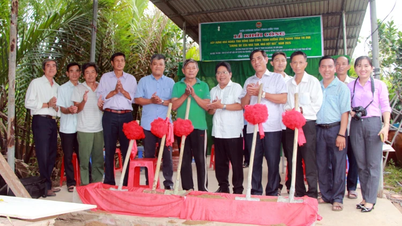



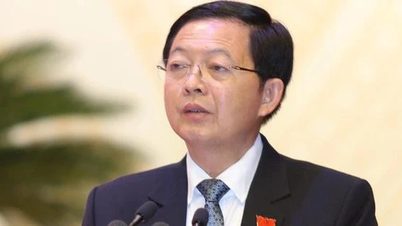

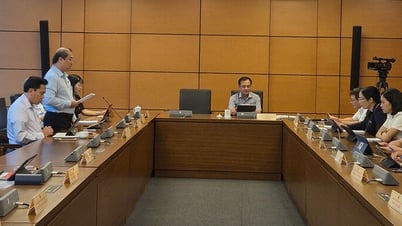

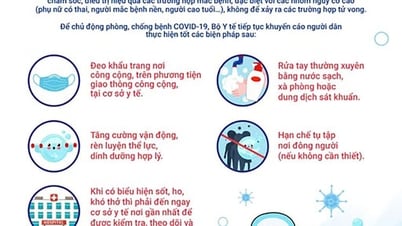





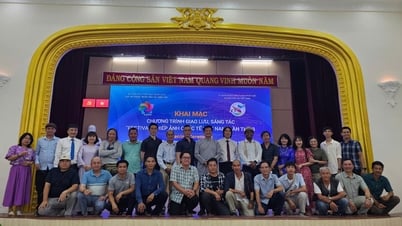


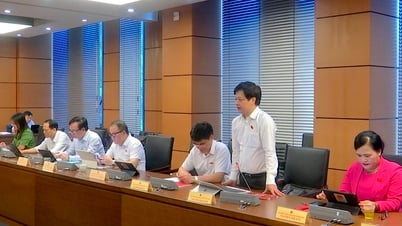





















































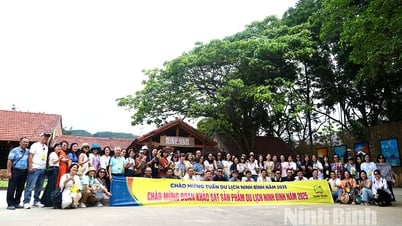

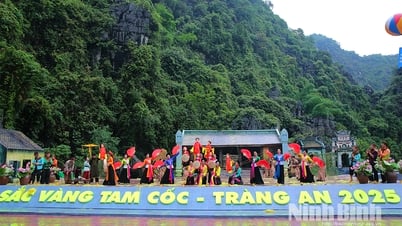












Comment (0)